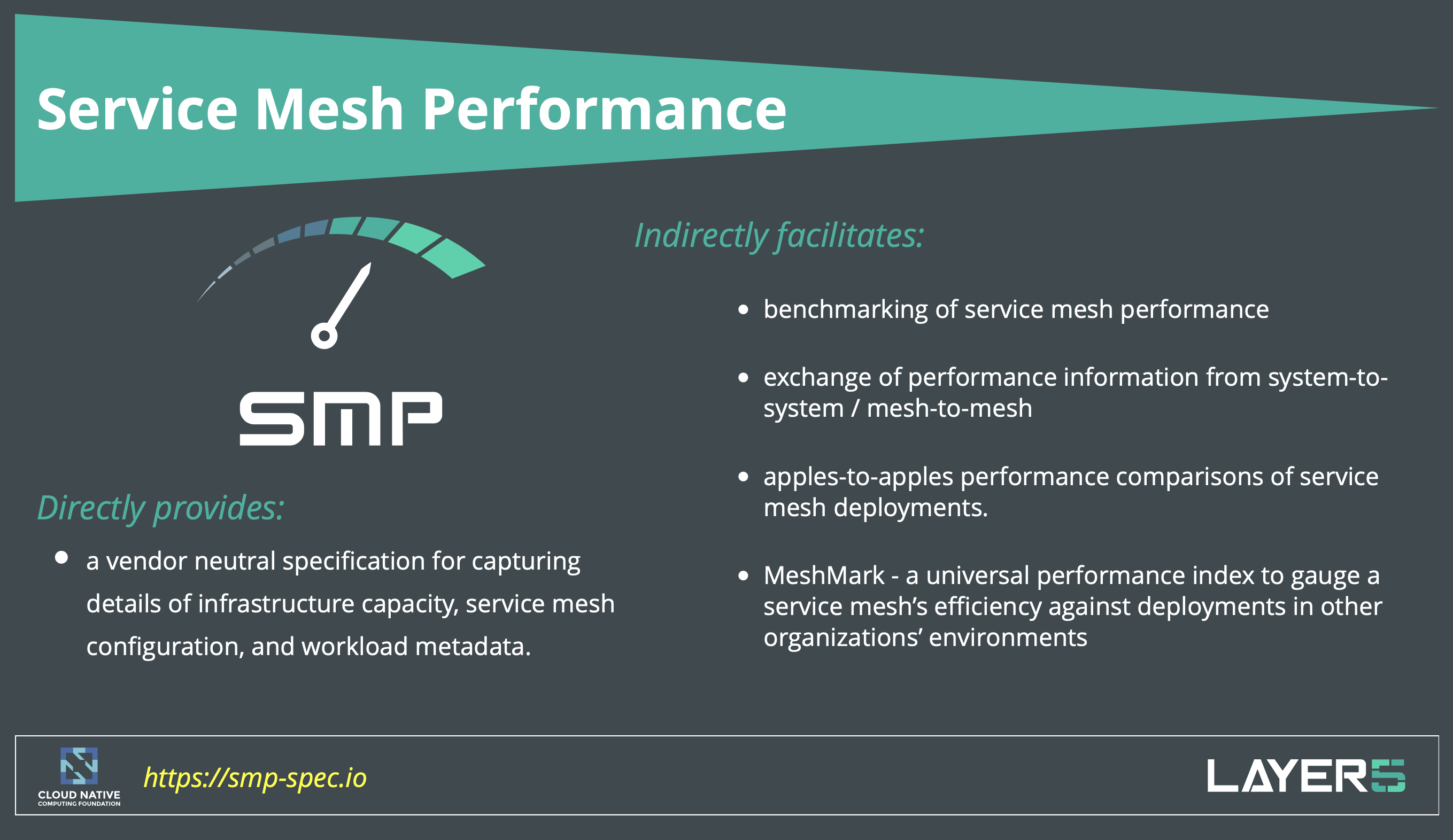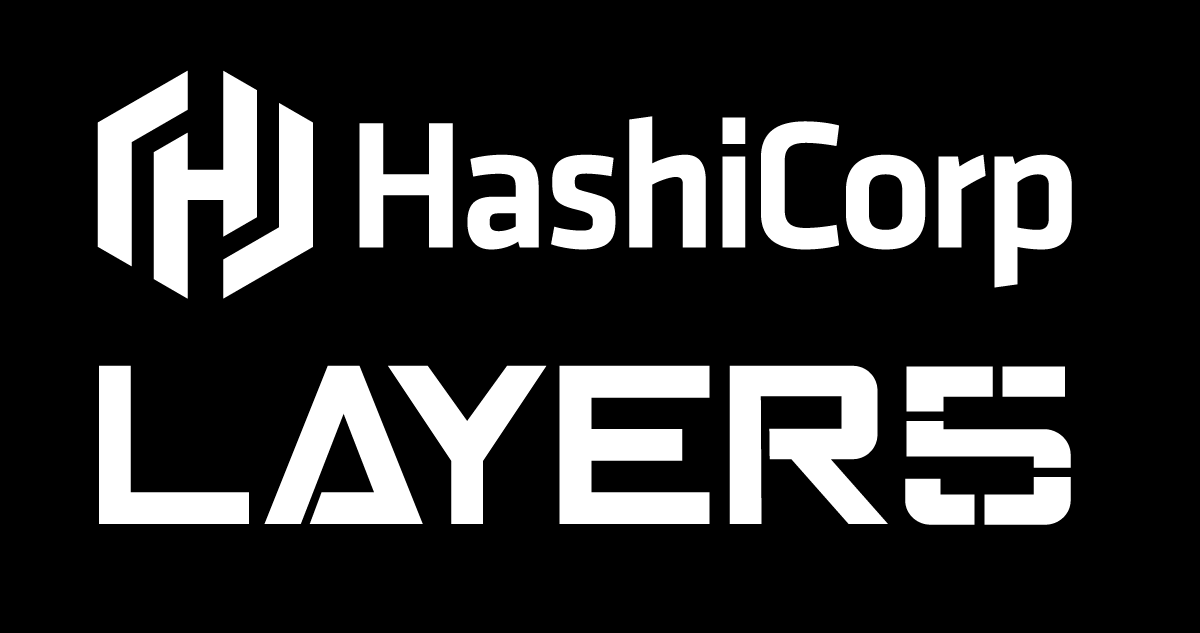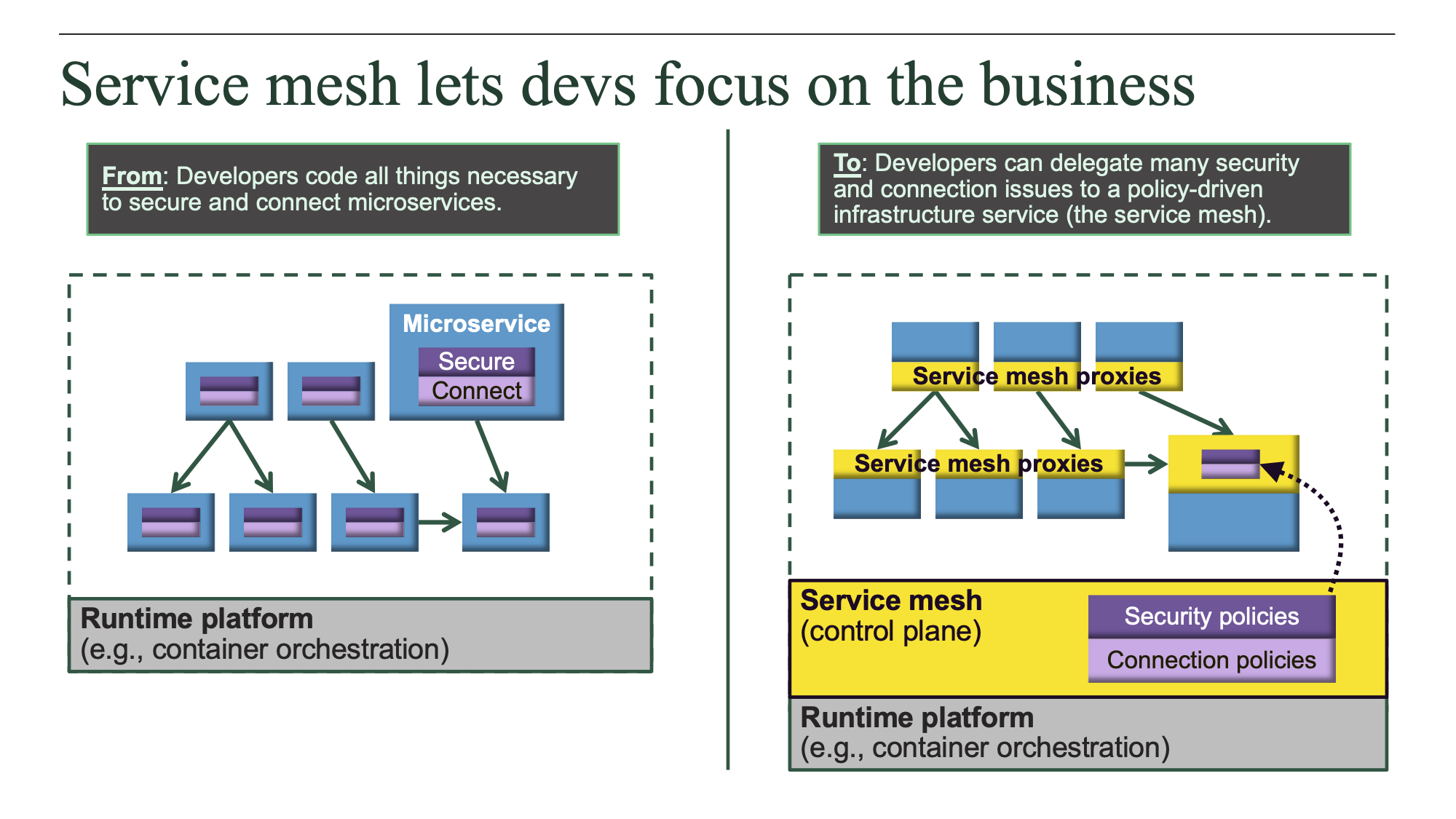Service Mesh Offers Promising Solution for Cloud Native Networking
Service mesh abstraction
While having lots of different service mesh technologies is good for choice, it’s not necessarily a good thing for simplicity or interoperability. That’s where the concept of service mesh abstraction comes into play.
At the recent KubeCon NA 2020 virtual event, Lee Calcote, co-chair of the Cloud Native Computing Foundation (CNCF) Networking Special Interest Group (SIG) and founder of Layer5, outlined how the different service mesh abstraction technologies fit together.
The Service Mesh Interface (SMI) is a way for any compliant service mesh to plug into Kubernetes. The Service Mesh Performance (SMP) abstraction is all about providing visibility into service mesh performance though a common interface. The third key abstraction is known as Hamlet and it provides multi-vendor service interoperation and mesh federation capabilities.
Service mesh benefits
There are a number of different benefits that service meshes can bring, which are helping to accelerate adoption. Calcote explained that with a service mesh there is a decoupling of developer and operations teams such that each can iterate independently.
As such, operators can make changes to infrastructure independent of developers. DevOps is supposed to mean developer and operations teams work together, but the reality is often quite different and the ability to build application and infrastructure separately is why service mesh has been such a winning proposition for so many organizations.
“We live within a software defined network landscape, and service meshes in some respects are sort of a next-gen SDN,” Calcote said.
Read the full article on Enterprise Networking Planet
















